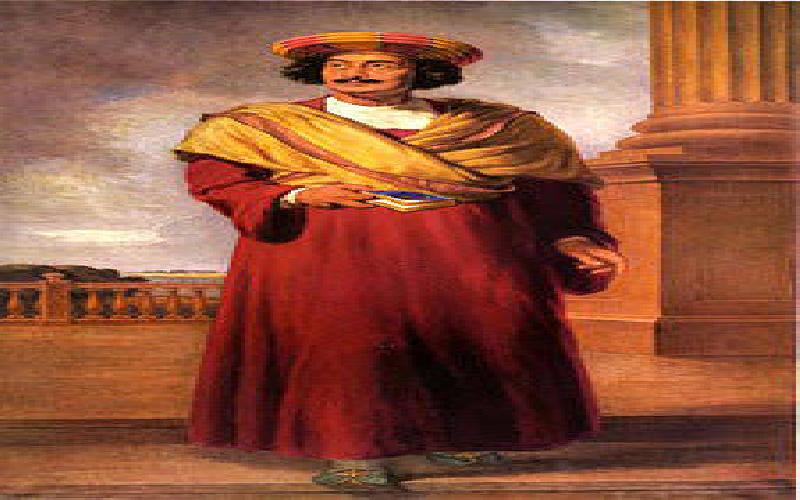Reformist Movements in Pre- Independent India


Read about the major reformist movements in India here. They are the reason for abolishing many outdated systems here.
Brahmosamaj
Brahmosamaj was founded by Raja Ram Mohan Roy, who is called the father of Indian renaissance. It was established as Brahmosabha in 1828 in Kolkata and was one of the earliest reformist movements in India. The foundation raised voice against Sathi, juvenile marriage, polygamy and casteism. Following the activities of Brahmosamaj, Sathi was banned in 1829 by the then Governor General Lord Bentick. Brahmosamaj split in 1866 into Adi Brahmosamaj and Brahmosamaj of India.
Sadharan Brahmosamaj
It was formed after the split of Brahmosamaj of India. It was founded by Anand Mohan Bose and Shivanand Shastry in 1878.
Bipin Chandrapal and Dwarakanath were among the members of the organisation. Its goal also was to campaign against the bad customs in Hinduism.
Young Bengal Movement
It was established by Vivian Derozio, former English lecturer of Culcatta Hindu College. It was a group of young students. The ideology of the movement was to live, fight and die for truth. The organisation presented a platform to discuss about any subject including religion, society and virtue.
Prarthana Samaj
It was founded by Dr. Atmaram Pandurang in 1867. The goals of the movement was to protest against casteism and juvenile marriage and the encouragement of women education and marriage of widows. Mahadeva Govinda Ranade and RG Bandarkar were active wokers of the movement.
Sathyashodhak Samaj
It was founded in 1873 by Mahatma Jyothirao Govinda Phule. It was the first notable movement in Maharashtra by non-Brahmins. The movement raised voice against the foul practices in Hinduism and the power of Brahmins.
Ramakrishna Mission
It was established by Swami Vivekananda in 1897 to propagate the ideals of his mentor, Sri Ramakrishna Paramahamsa. The headquarters of the institute were at Belur Math in Kolkata. Sister Nivedita, disciple of Vivekananda was instrumental in the progress of the mission.
Theosophical Society
It was founded by Madam Blavatski and Colonel Olkot in USA in 1875. It was an offspring of Brahmavidya Sangh. In 1882, the headquarters of the organisation was shifted to Adayar. The primary goals of the movement was the renovation of Hinduism, Buddhism and Zoarastrianism. Annie Besant was the leader of the movement in India. Aligarh Movement
It was founded under the leadership of Sir Syed Ahmed Khan. The movement had a significant part in propagating English education among Muslims and scientific knowledge. The movement also worked for Hindu-Muslim unity, nationalism and progress of Muslim women. The school founded by the movement later became the Aligarh Muslim University.
Our ancient ancestors had many mythical creatures to which they regarded to bring them great wealth or protect them against the evil. One of this creature is the sphinx to which the ancient Egyptians had given of the highest respect.
Because of the location and the natural beauty of our country, it was called as “Perlas ng Dagat Silangan” (Pearl of the Orient Seas) and “Hardin ng Pacific (Garden of the Pacific). And in 1544, our country was named Las Islas Felipinas, which is derived from the name of Prince Felipe II of Spain.
The article compares the scenic beauty of Radhanagar Beach with that of Coral Beach of Coral Island and Red Skin island which are in Andaman and Nicobar Islands..